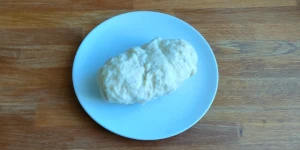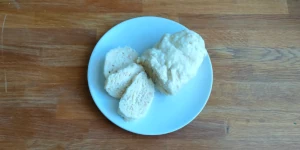
Houskový knedlík - Bread dumplings
Jump to recipe
Known for their delicacy and ability to absorb flavor, houskové knedlíky, or bread dumplings, are a real jewel in the crown of Czech cuisine. They are like soft, plump clouds cooked to perfection. In this article, we will take you on a journey through the flavors and history of houskové knedlíky and discover the secrets of their preparation.
History of Houskové Knedlíky
The history of houskové knedlíky is as rich as their taste. The origins go deep into the tradition of Czech cuisine. Bread dumplings have gained popularity as a perfect companion for various meat dishes, sauces and vegetables.
The first mention of the bun dates back to the 7th century. In the Middle Ages, dumplings were the food of rich and poor people. In the 19th century, when Czech national cuisine began to take shape. Czech dumplings became a phenomenon because they were prepared differently than similar Austrian or German dumplings. It was perfected during the First Republic. Czech dumplings were influenced by, among others, Magdalena Dobromila Rettigová (1845) or Marie Janků-Sandtnerová (1924).
Today, houskové knedlíky is almost a symbol of Czech cuisine. Present on tables during holidays, family celebrations and ordinary meals, they have become an integral part of everyday life in the Czech Republic. This confirms not only their taste, but also their cultural significance.
How to Prepare Houskový Knedlík
Preparing houskové knedlíky is an art that requires precision and love for tradition. Here's a quick guide on how to create these fluffy bread balls.
Recipe informations:
Ingredients
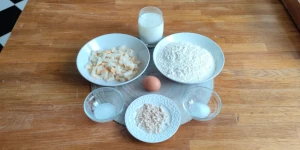
- 550 g of flour
- 15 g of fresh yeast
- 210 ml of milk
- 1 egg
- 2 kaiser rolls or half of roll bread
- pinch of salt
- 1 teaspoon of sugar
Steps
1. Step
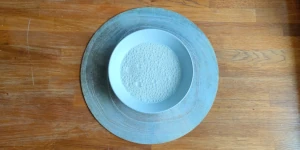
2. Step
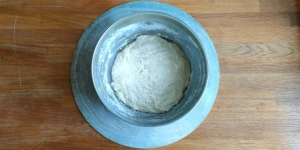
3. Step
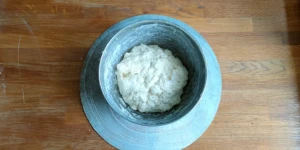
4. Step
